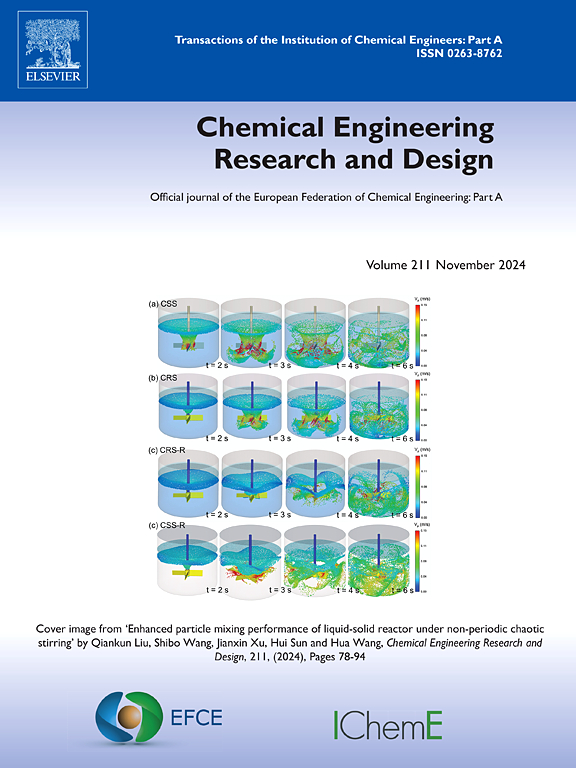医药产品和工艺开发中的机械建模:对分布式和离散方法的回顾
IF 3.7
3区 工程技术
Q2 ENGINEERING, CHEMICAL
引用次数: 0
摘要
制药产品和工艺开发正在从传统的基于启发式的方法过渡到质量设计(QbD)方法,强调系统的工艺设计和对关键参数的理解。虽然实验设计(DoE)是识别关键工艺参数的关键,但它在可扩展性和潜在的过拟合方面存在局限性。详细的机械或第一性原理建模,使用分布式或离散方法,为理解复杂的异构系统提供了一个有前途的工具。本文综述了详细机理建模在制药产品和工艺开发中的作用、机遇和挑战。首先从战略、商业和监管的角度讨论了机制模型的作用。然后描述了机械建模的工作流程,包括模型选择、校准、验证和维护。对关键单元操作发展的案例研究,如湿造粒和流化床系统,进行了回顾,突出了工艺特点,模型要求和应用挑战。适当的模型开发和实验设计对于避免缺陷至关重要,例如有限的适用性或过多的数据需求。尽管人们对机器学习方法的兴趣日益浓厚,但机制建模与数据驱动的方法很好地结合在一起,提供了高分辨率的过程理解,并通过更少的实验实现了最佳开发。这种方法超越了传统的试错方法,为制药过程提供了更深入的见解和创新的解决方案。本文章由计算机程序翻译,如有差异,请以英文原文为准。

Mechanistic modelling in pharmaceutical product and process development: A review of distributed and discrete approaches
Pharmaceutical product and process development is transitioning from traditional heuristics-based approaches to a Quality-by-Design (QbD) methodology, emphasising systematic process design and understanding of critical parameters. While Design of Experiments (DoE) is key for identifying critical process parameters, it has limitations in scalability and potential over-fitting. Detailed mechanistic or first-principles modelling, using distributed or discrete approaches, offers a promising tool for understanding complex, heterogeneous systems. This paper reviews the roles, opportunities, and challenges of detailed mechanistic modelling in pharmaceutical product and process development. The role of mechanistic models is first discussed from strategic, business, and regulatory perspectives. The workflow of mechanistic modelling is then described, consisting of model selection, calibration, validation, and maintenance. Case studies of key unit operation developments, such as wet granulation and fluidised bed system, are reviewed, highlighting process characteristics, model requirements, and application challenges. Proper model development and experimental design are essential to avoid pitfalls, such as limited applicability or excessive data requirements. Despite rising interest in machine-learning approaches, mechanistic modelling aligns well with data-driven methods, offering high-resolution process understanding and enabling optimal development with fewer experiments. This approach surpasses conventional trial-and-error methods, providing deeper insights and innovative solutions for pharmaceutical processes.
求助全文
通过发布文献求助,成功后即可免费获取论文全文。
去求助
来源期刊

Chemical Engineering Research & Design
工程技术-工程:化工
CiteScore
6.10
自引率
7.70%
发文量
623
审稿时长
42 days
期刊介绍:
ChERD aims to be the principal international journal for publication of high quality, original papers in chemical engineering.
Papers showing how research results can be used in chemical engineering design, and accounts of experimental or theoretical research work bringing new perspectives to established principles, highlighting unsolved problems or indicating directions for future research, are particularly welcome. Contributions that deal with new developments in plant or processes and that can be given quantitative expression are encouraged. The journal is especially interested in papers that extend the boundaries of traditional chemical engineering.
 求助内容:
求助内容: 应助结果提醒方式:
应助结果提醒方式:


